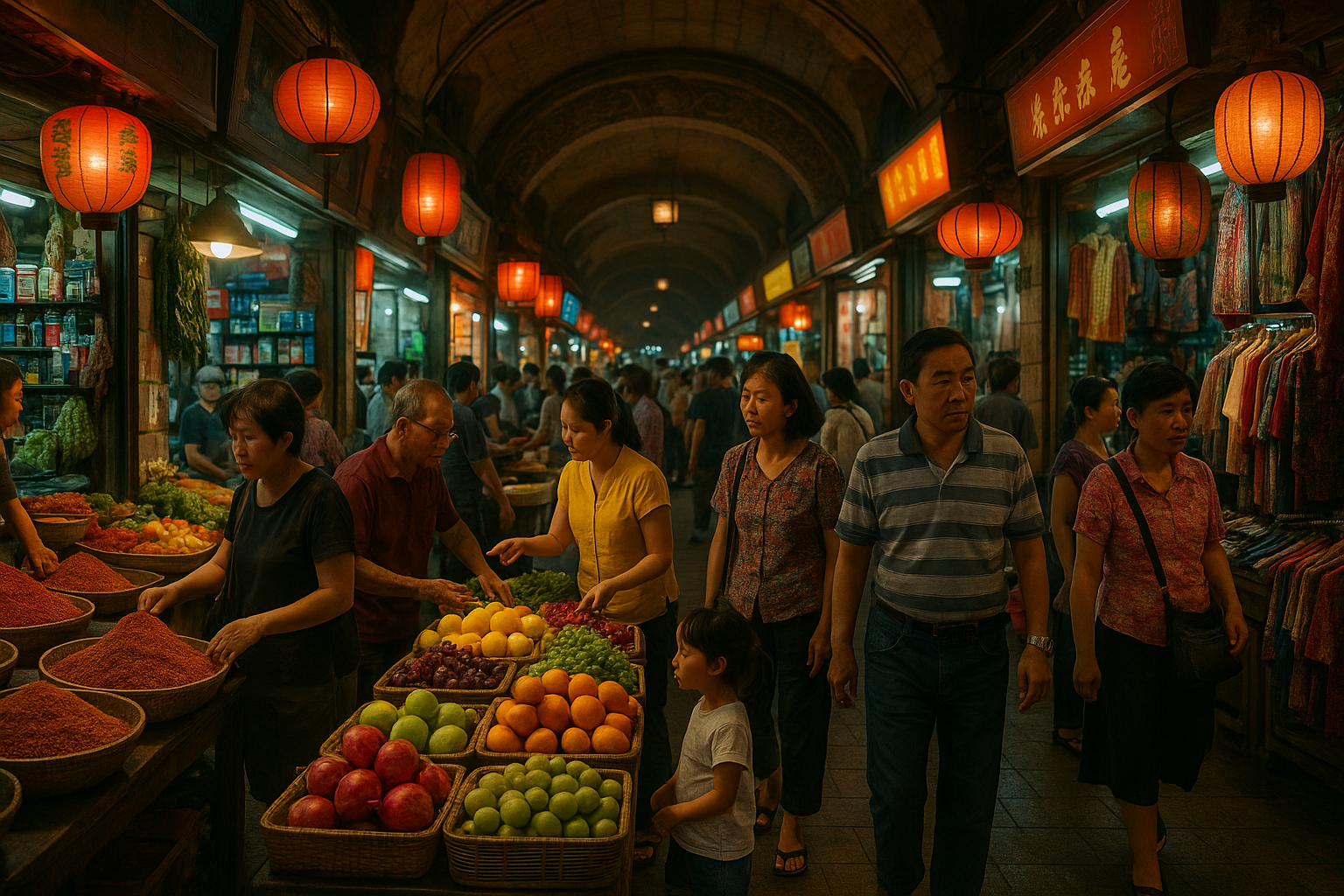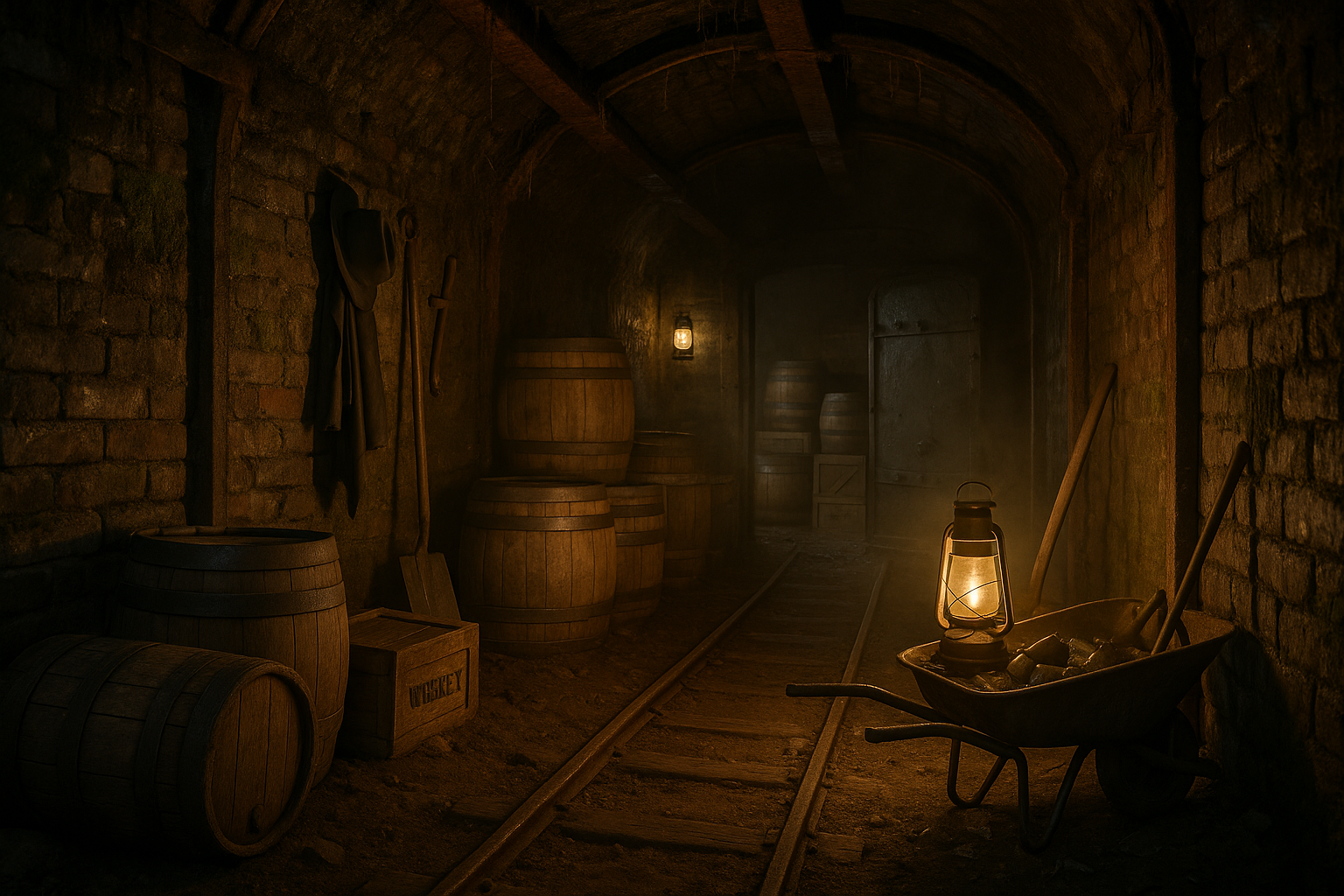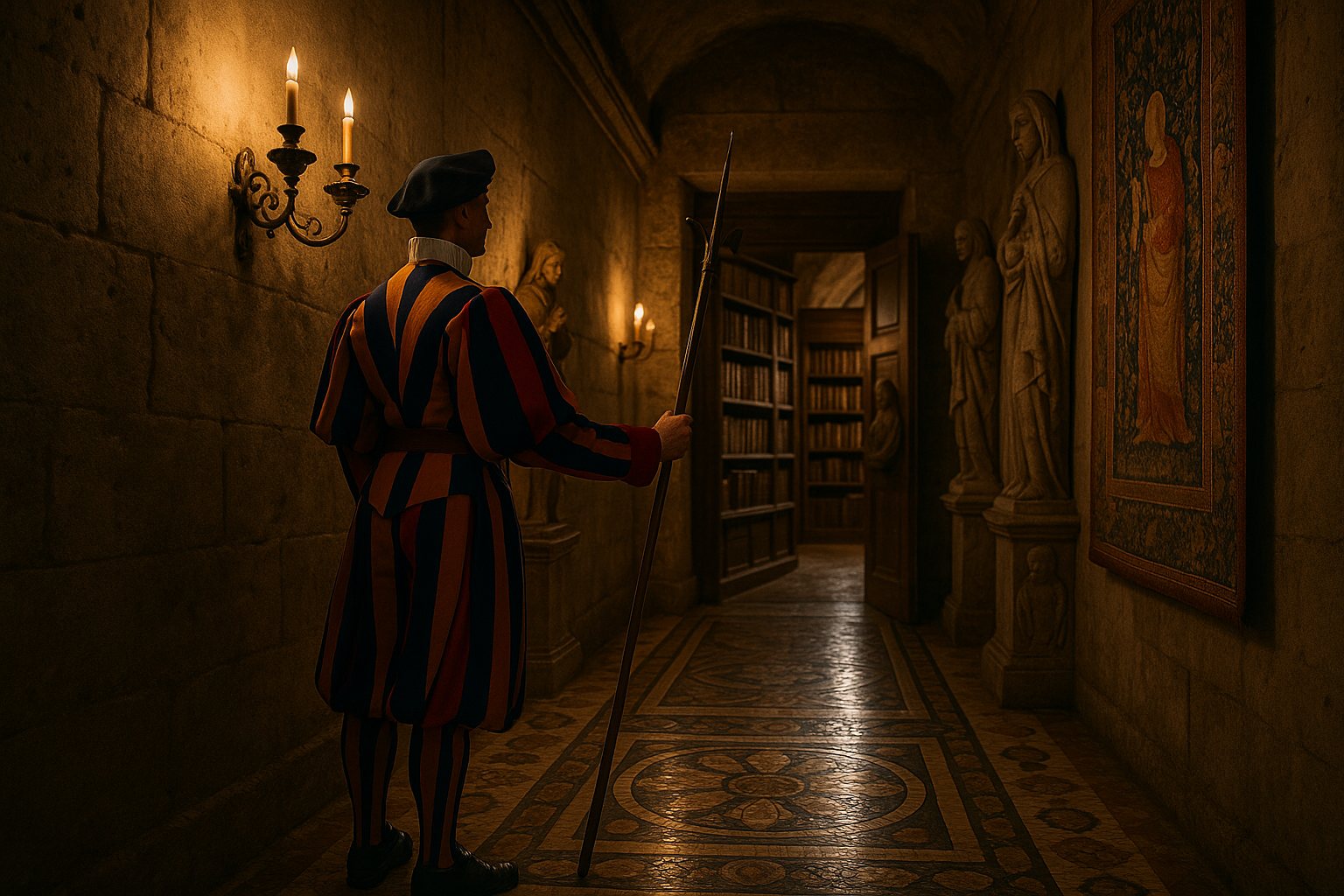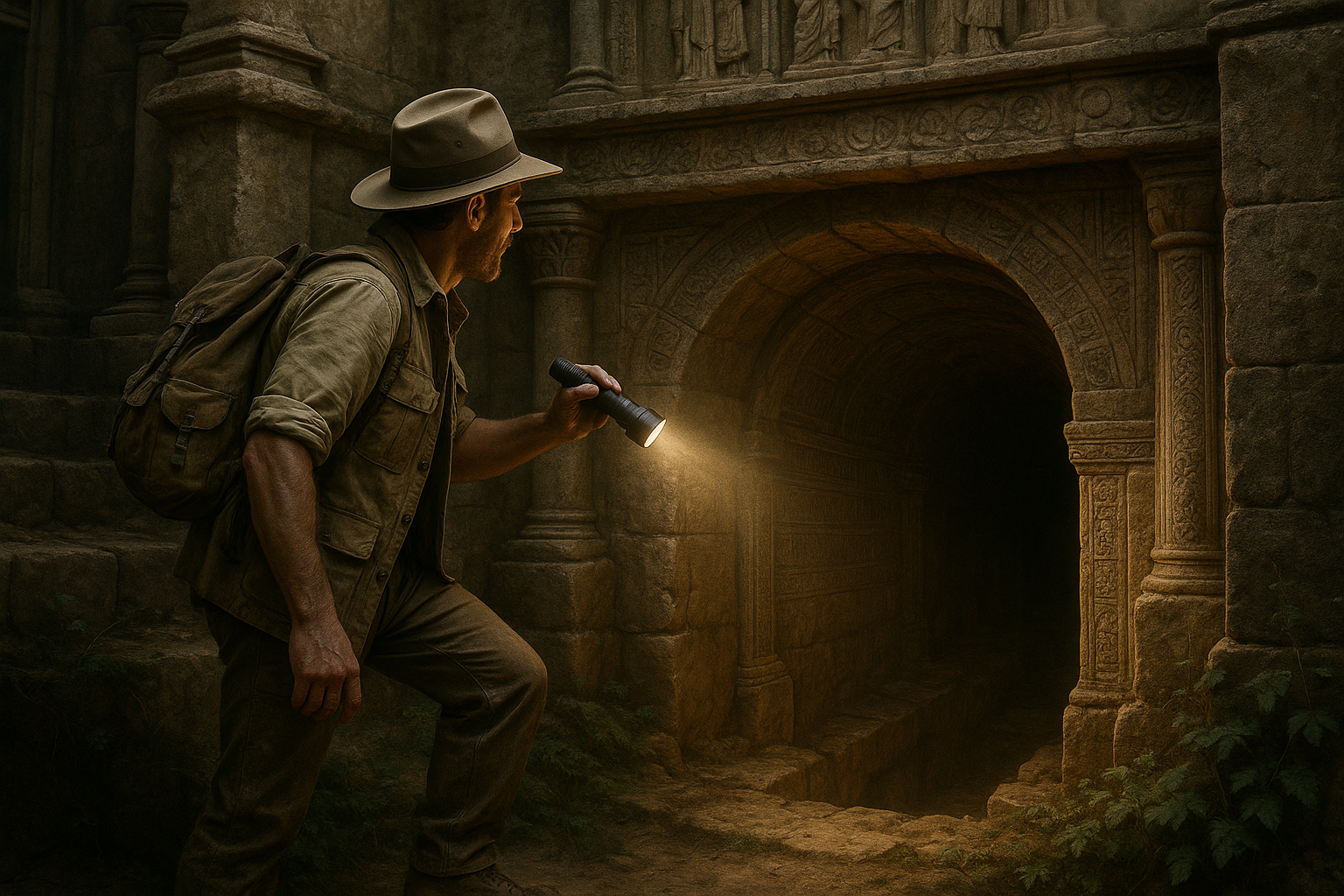Beneath the bustling streets and towering skyscrapers of the world’s major cities lies a hidden realm, largely unknown to the masses but rich with history and intrigue. These are the secret tunnels and passageways that weave silently beneath our feet, whispering stories of the past and holding mysteries yet to be unveiled. From the timeworn catacombs of Paris to the clandestine subway systems of New York City, these subterranean labyrinths serve as a testament to human ingenuity, resilience, and, sometimes, our penchant for secrecy. Have you ever wondered what lies beneath the familiar pavements you tread every day? 🌆
This article embarks on a journey through time and space, delving into the enigmatic underworlds that lie beneath major urban landscapes. We will explore how these tunnels came into existence, the purposes they served, and the fascinating tales they hold. Whether it’s the underground rivers diverted to make way for urban expansion, the tunnels built for wartime strategies, or secret passageways used for smuggling and espionage, each story is a captivating glimpse into a world usually hidden from view. Through historical accounts, expert interviews, and modern explorations, we aim to illuminate these shadowy corridors and bring to light the stories carved into their walls.
Throughout this exploration, we’ll also examine the modern implications and challenges posed by these subterranean spaces. As cities continue to grow and expand, urban planners and engineers face unique challenges in preserving these historical sites while meeting contemporary needs. How do these tunnels impact the infrastructure of today’s megacities? What role do they play in urban development and preservation efforts? 🏗️ Moreover, we’ll uncover how these hidden passageways are being repurposed in the 21st century, from tourist attractions to innovative urban solutions. Join us as we descend into the depths and uncover the secrets lying beneath our cities, waiting to be discovered.
The Allure of Hidden Passageways
Urban landscapes are often celebrated for their towering skyscrapers, bustling streets, and vibrant cultural scenes. However, beneath the surface of many major cities lies a network of hidden passageways that capture the imagination and tell tales of the past. These secret tunnels, often forgotten or unknown to the public, hold historical significance and serve various purposes ranging from transportation to clandestine operations.
Exploring these underground labyrinths is akin to peeling back the layers of a city’s history. As urban areas expanded and evolved, so did the need for hidden pathways. Whether constructed for strategic military use, as part of the sewage system, or for smuggling purposes, these tunnels reveal stories that remain untold in textbooks. Delving into the depths of these passageways offers not only an exploration of physical spaces but also a journey through time.
One of the most intriguing aspects of these tunnels is their ability to evoke a sense of mystery and adventure. They challenge the perception of cities as merely concrete jungles, highlighting the intricate and often overlooked networks that lie beneath. With a flashlight in hand and a sense of curiosity, those who venture into these subterranean realms find themselves immersed in an atmosphere of discovery. To better understand the multifaceted nature of these tunnels, let’s dive into some specific examples from around the world.
Paris: The Catacombs
Paris, known for its romance and architectural marvels, also harbors a darker, more enigmatic side: the Catacombs. This extensive network of tunnels holds the remains of over six million people, making it one of the largest ossuaries in the world. Originally, the tunnels were limestone quarries that provided materials for the city’s development. However, by the late 18th century, Paris faced a severe public health crisis due to overflowing cemeteries, leading to the transformation of these quarries into the Catacombs.
Today, a small section of the Catacombs is open to the public, offering a glimpse into this haunting subterranean world. The dimly lit corridors, lined with neatly arranged skulls and bones, provide a stark reminder of the city’s historical struggles with mortality and urban planning. While the publicly accessible areas are carefully maintained, a vast portion of the Catacombs remains unexplored, drawing in adventurous souls and urban explorers.
Despite their macabre appearance, the Catacombs of Paris are a testament to the city’s resilience and ingenuity in the face of adversity. The tunnels serve as a poignant reminder of the complex interplay between urban development, public health, and historical legacy. For those interested in a virtual exploration, you can watch an informative video titled “Exploring the Paris Catacombs” on the Off the Path channel.
London: The Mail Rail
In the bustling heart of London, beneath the city’s iconic landmarks, lies the Mail Rail, an underground railway system that played a pivotal role in the city’s postal service. Officially known as the Post Office Railway, this network was inaugurated in 1927 to alleviate the congestion caused by the increasing volume of mail being transported across the city. Spanning approximately 6.5 miles, the Mail Rail operated autonomously, with driverless trains ferrying letters and parcels between sorting offices and railway stations.
For decades, the Mail Rail functioned as an integral component of London’s postal infrastructure, handling up to four million letters daily at its peak. However, advancements in technology and changes in mail distribution eventually led to its closure in 2003. The tunnels and tracks remained dormant until 2017 when a portion of the railway was transformed into a museum exhibit, allowing visitors to experience the Mail Rail’s historical significance firsthand.
The Mail Rail is not merely a relic of the past; it serves as a testament to London’s innovative spirit and adaptability. Its story reflects the broader narrative of a city constantly evolving to meet the demands of its inhabitants. For a fascinating visual tour of this hidden marvel, consider watching “The Hidden Mail Rail of London” on the Secrets of the Underground channel.
Comparison of Hidden Tunnels in Paris and London
| Feature | Paris Catacombs | London Mail Rail |
|---|---|---|
| Primary Function | Ossuary | Postal Transportation |
| Length | Over 200 miles | 6.5 miles |
| Public Accessibility | Limited sections | Museum tours available |
| Historical Significance | Public health crisis response | Mail distribution innovation |
As you can see in the table above, while both the Paris Catacombs and the London Mail Rail serve distinct purposes, they share a common theme of addressing urban challenges through underground solutions. The next time you visit these cities, consider exploring these hidden passageways to gain a deeper understanding of their histories. 🌆
New York: The Freedom Tunnel
In the bustling metropolis of New York City, beneath the vibrant streets and towering skyscrapers, lies the Freedom Tunnel. Named after the graffiti artist Chris “Freedom” Pape, who famously used the tunnel’s walls as his canvas, this forgotten section of the Amtrak railway system stretches along Manhattan’s West Side. Originally constructed in the 1930s, the tunnel fell into disuse by the 1980s, becoming a refuge for a community of homeless individuals known as the “Mole People.”
The Freedom Tunnel is not only a testament to urban decay but also a symbol of resilience and creativity. Its walls are adorned with graffiti and murals that tell stories of those who once called it home, as well as the artistic vision of its namesake. The tunnel has been featured in various documentaries and works of fiction, highlighting its cultural significance and the complex social issues it embodies.
While access to the Freedom Tunnel is restricted, its allure remains strong for urban explorers and graffiti enthusiasts. The tunnel serves as a stark reminder of the hidden lives and struggles that exist beneath the city’s surface. To learn more about the fascinating history of the Freedom Tunnel, check out the video “The Secret Life of the Freedom Tunnel” on the Urban Explorers channel.
Key Takeaways from the Freedom Tunnel
- The tunnel reflects the impact of urban neglect and economic challenges.
- It highlights the role of art and graffiti as forms of social commentary.
- The Freedom Tunnel is a powerful reminder of the hidden communities in urban environments.
These insights illustrate the multifaceted nature of the Freedom Tunnel and its importance as a piece of New York City’s hidden history. 🎨
Seattle: The Underground City
Seattle’s underground city is a remarkable testament to the city’s resilience and innovation in the face of natural disasters. Following the Great Seattle Fire of 1889, the city was rebuilt on top of the existing structures, creating a network of underground passageways. This decision was partly due to the desire to raise the street level and improve the city’s drainage system, which had been inadequate and contributed to the fire’s rapid spread.
Today, the underground city is a popular tourist attraction, offering guided tours that delve into Seattle’s unique history. Visitors can explore the subterranean streets and storefronts, gaining insight into the challenges faced by early settlers and the city’s efforts to adapt and thrive. The underground city is a fascinating example of how urban environments can evolve in response to adversity.
To experience a virtual tour of Seattle’s underground city, you can watch the video “Exploring Seattle’s Underground” on the City Secrets channel. This video provides a comprehensive overview of the underground city’s history and its significance in shaping Seattle’s development.
Seattle’s Underground: A Testament to Innovation
| Feature | Description |
|---|---|
| Origin | Result of rebuilding after the Great Seattle Fire |
| Purpose | Improved drainage and street level elevation |
| Public Access | Guided tours available |
| Historical Significance | Represents resilience and urban planning |
As shown in the table above, Seattle’s underground city is a remarkable feat of engineering and urban planning. Its history serves as an inspiring reminder of human ingenuity in the face of challenges. As you explore Seattle, consider taking a tour of this hidden marvel to gain a deeper understanding of the city’s past. 🏙️
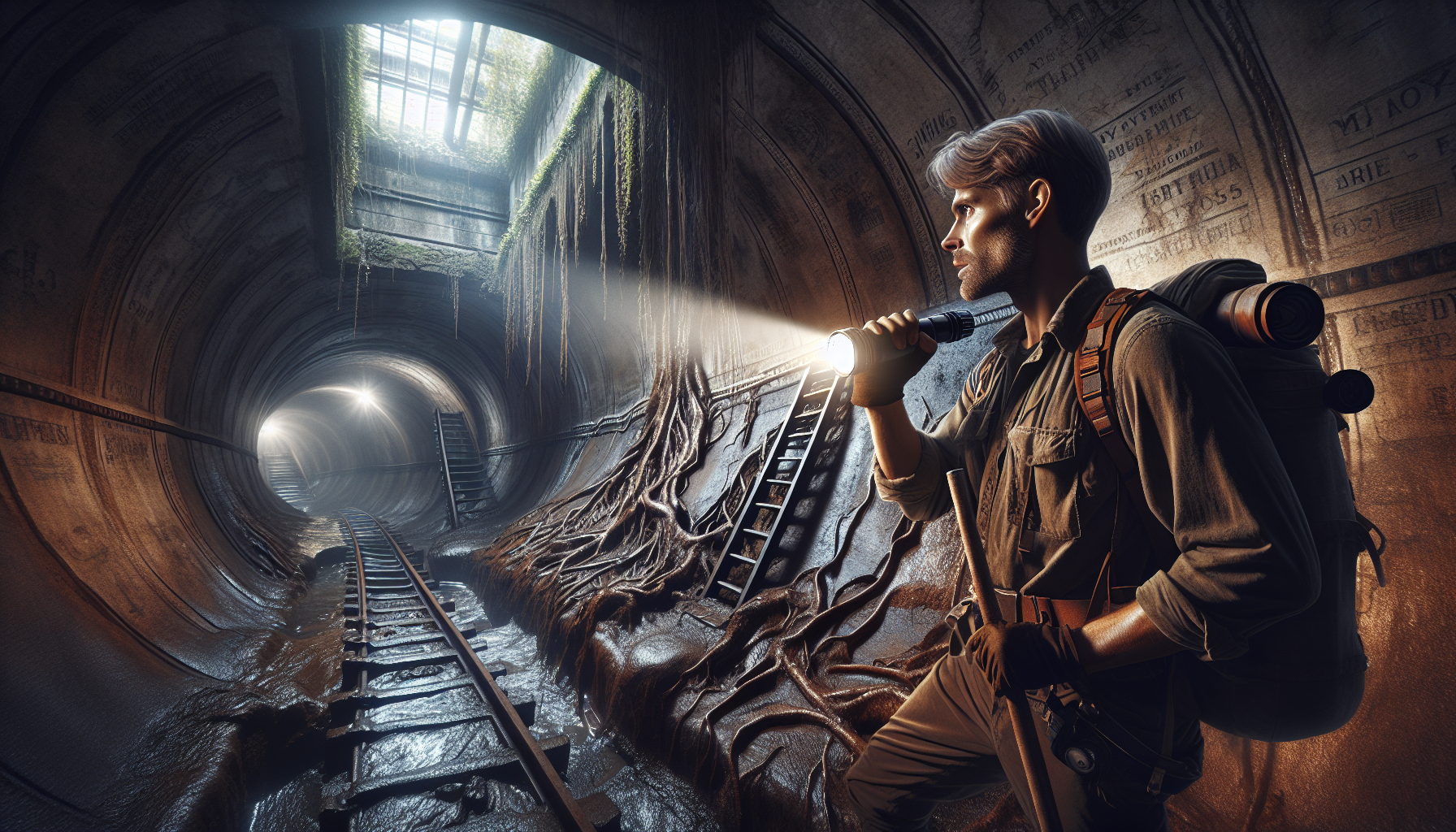
Conclusion
Uncovering hidden passageways beneath major cities has taken us on an incredible journey through time and space, revealing the fascinating history and engineering marvels that lie beneath our feet. Throughout this article, we have explored various secret tunnels that serve as a testament to human ingenuity, creativity, and perseverance. These subterranean networks have played significant roles in shaping the cities we know today, and their stories continue to captivate our imagination.
To begin, we delved into the historical significance of these tunnels. Many of them were initially constructed for strategic military purposes or as means of escape during times of conflict. For example, the intricate network of tunnels beneath Paris, known as the Catacombs, served not only as a burial site but also as secret passages for resistance fighters during World War II. Similarly, the Cu Chi Tunnels in Vietnam highlight the resourcefulness of the Viet Cong, who used them to gain a tactical advantage during the Vietnam War. These examples underscore the vital roles that underground tunnels have played in historical events and their impact on warfare strategies.
In addition to their military significance, these tunnels also serve various civilian purposes, such as transportation and infrastructure development. The extensive subway systems in cities like New York, London, and Tokyo are prime examples of how underground networks have transformed urban transportation, alleviating congestion on surface streets and connecting distant parts of a city. Furthermore, these tunnels have allowed for the expansion of essential services like water supply, sewage, and telecommunications, supporting the growth and modernization of urban environments.
As we explored these hidden passageways, we also uncovered their cultural and artistic importance. Tunnels often serve as canvases for graffiti artists and spaces for underground music and art scenes to flourish. The vibrant murals in Stockholm’s metro stations and the impromptu concerts held in abandoned tunnels highlight how these spaces can inspire creativity and foster a sense of community among urban dwellers. By repurposing these tunnels for artistic expression, cities breathe new life into forgotten spaces, making them an integral part of contemporary urban culture.
Moreover, the environmental impact of these tunnels cannot be overlooked. As cities continue to expand, the demand for sustainable infrastructure solutions becomes increasingly critical. Tunnels provide an opportunity to minimize surface disruption while maximizing land use efficiency. Innovations in tunnel construction, such as the use of tunnel boring machines (TBMs) and sustainable building materials, are paving the way for more environmentally friendly urban development. These advancements not only reduce the carbon footprint of construction projects but also enhance the long-term resilience of cities in the face of climate change.
Despite their benefits, the exploration and utilization of these tunnels pose unique challenges. Navigating the complex legal and ethical considerations surrounding tunnel exploration requires careful attention to safety, preservation, and respect for historical sites. Ensuring that these underground spaces are maintained and protected is crucial to preserving their historical and cultural value for future generations. Collaborative efforts between governments, historians, engineers, and local communities are essential to strike a balance between development and preservation.
In conclusion, the secret tunnels beneath major cities offer us a glimpse into the past while simultaneously shaping the future of urban development. Their historical significance, cultural contributions, and potential for sustainable growth underscore the importance of uncovering and understanding these hidden passageways. By continuing to explore and study these underground networks, we can gain valuable insights into human history, creativity, and resilience.
We encourage you, our readers, to delve deeper into this fascinating subject. Whether by visiting a local underground site, participating in a guided tour, or engaging with online resources, there are countless ways to learn more about the secret tunnels beneath our cities. Share your discoveries with friends and family, and join the conversation about the role these passageways play in shaping our urban landscapes.
Let us embrace the mystery and wonder of these hidden worlds beneath our cities. By doing so, we can appreciate the intricate tapestry of history, culture, and innovation that lies just below the surface. 🌍🔍
For further reading and exploration, consider visiting reliable sources such as:
– National Geographic’s exploration of Urban Tunnels
– Smithsonian Magazine’s articles on Historical Tunnels
– The Guardian’s coverage on Urban Underground Networks
We hope this article has inspired you to look at the cities around you with new eyes, seeing not just what’s above ground but also the incredible stories hidden below. Join us in celebrating and preserving these underground marvels for future generations. Together, we can uncover the secrets beneath our cities and appreciate the rich history and potential they hold.
Toni Santos is a visual storyteller and artisan whose work explores the quiet power of what lies beneath. With a deep fascination for subterranean and hidden architecture, Toni uncovers the layers, voids, and forgotten spaces that shape our built environment from the shadows.
His art is a journey through the unseen — from ancient underground chambers to sealed passageways, service tunnels, and foundations buried in time. Each creation tells a story of silence, secrecy, and structure — revealing how absence and concealment can be just as meaningful as what’s visible above ground.
Whether working through visual compositions, architectural studies, or symbolic handcrafted pieces, Toni captures the soul of hidden spaces. His work bridges art and archaeology, blending design with discovery. Trained in visual design and traditional techniques, Toni creates with intention. His pieces don’t just depict — they interpret, inviting viewers to rethink what space, memory, and architecture mean when they’re hidden from view.
As the creative force behind Vizevex, Toni shares this perspective through curated visual narratives, symbolic collections, and interpretive essays that give voice to the quiet geometries beneath our feet.
His work is a tribute to:
The mystery of spaces built to be forgotten
The symbolism embedded in foundations, voids, and passageways
The timeless connection between human intention and hidden structure
Whether you’re an artist, an urban explorer, or someone fascinated by the unseen frameworks that support our world, Toni invites you into a realm where architecture becomes myth — one corridor, one layer, one buried story at a time.


